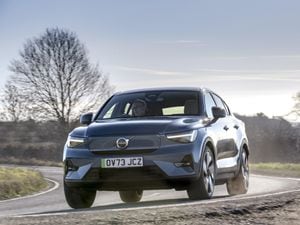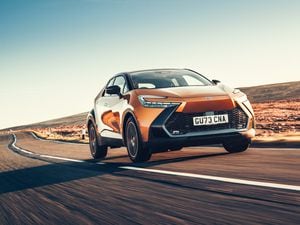First Ride: 2019 Suzuki Katana
The Suzuki Katana is one of the latest retro-inspired bikes to hit the market. Leon Poultney find out what it’s like
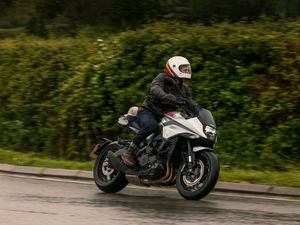
Looking backwards is the new looking forwards when it comes to motorcycle manufacturing. Triumph and Ducati owe a large chunk of their current sales to their retro-modern street bike range, while the resurgence of Royal Enfield and smaller capacity manufacturers, such as AJS, all play on heritage.
Suzuki has been slow on the uptake and its dabble with cafe racer culture (the SV 650X, for instance) has been more of a very subtle nod, than a full-blown re-launch of an iconic model.
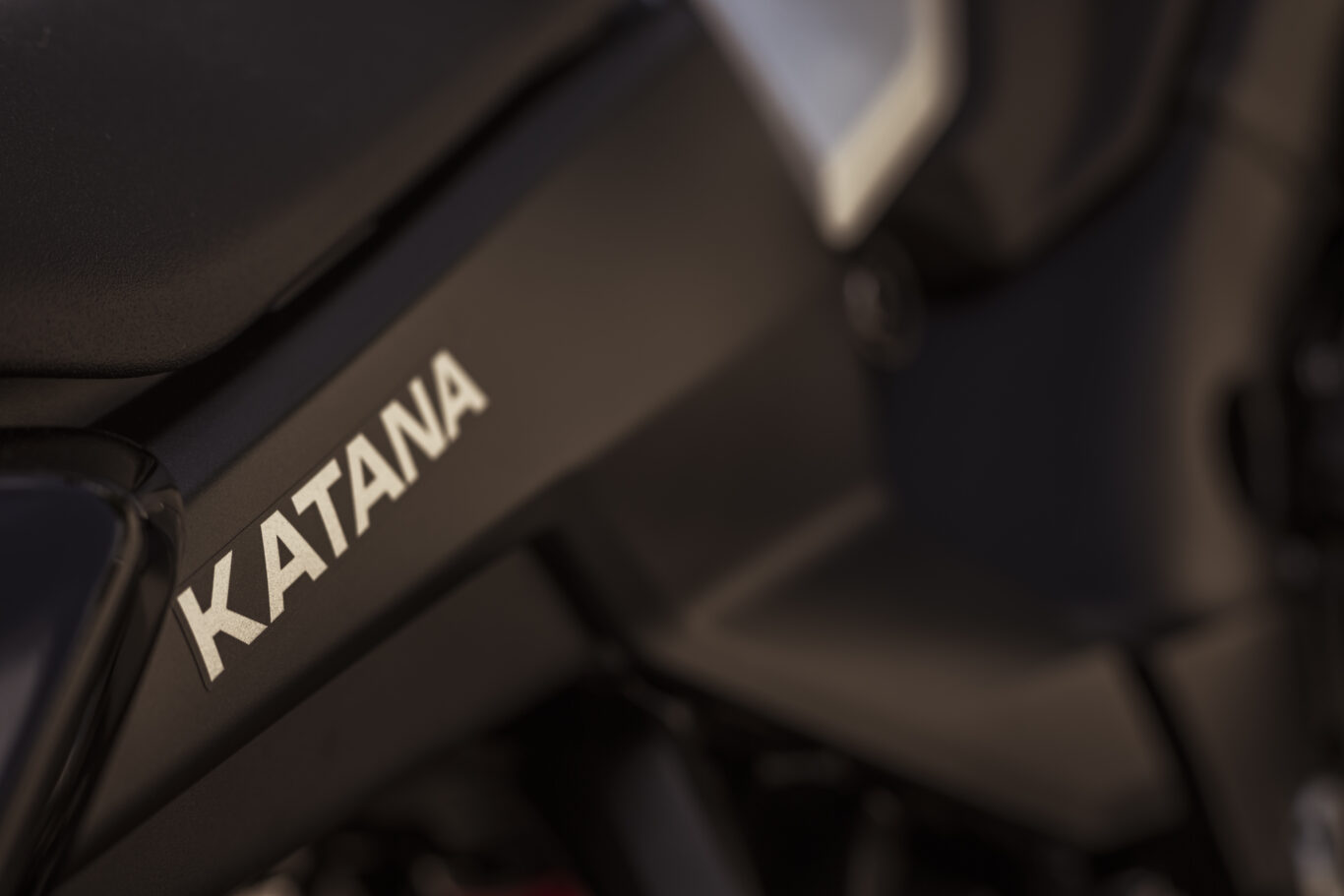
That is until now, because the Japanese brand has resurrected its Katana nameplate, which was first launched in the early 1980s and was one of the first Suzuki models to bring in exterior design help in the form of ex-BMW chief of styling Hans Muth. It was also named after a traditional Japanese Samurai sword for additional cool points.
The collaborative result made an immediate impression. Its chopped mudguards, sculpted fuel tank and contradictory sharp angles stood out from a crowd of curvy sports bikes, while the introduction of a potent GSX1100S in the late eighties ensured its sharp looks were matched by serious performance.
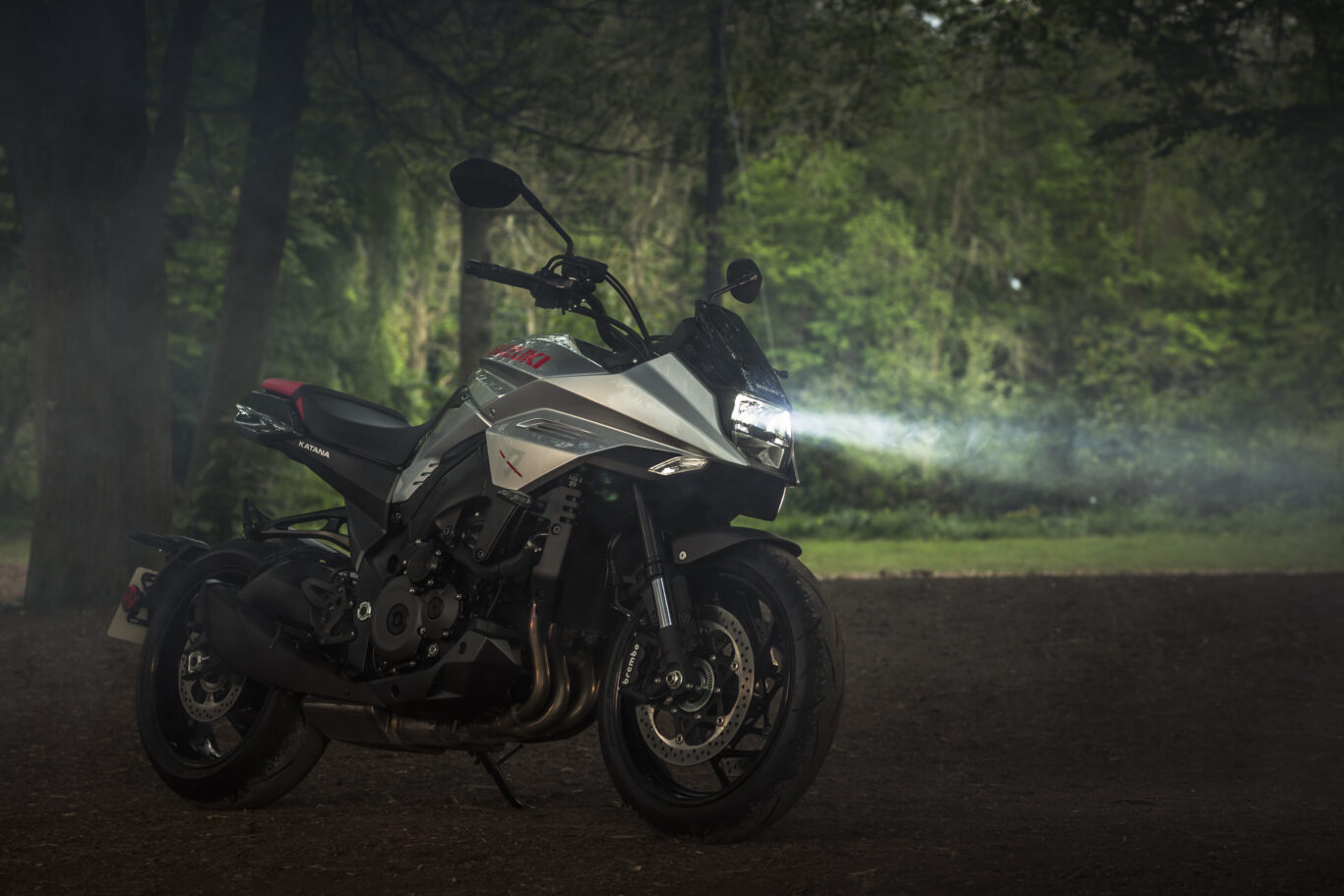
Fast forward to 2019 and there are plenty of unashamedly Katana touches in the new machine: the stacked headlight, the shortened mudguards and the seriously slashed tank are just a few examples.
But that’s really where the similarities end, because underneath the throwback exterior is a large dose of GSX-S1000, including a tweaked, long-stroke version of the fuel-injected 999cc inline-four engine.
The seating position is more upright than it appears in photos and the slightly swept-back bars means it is very easy to get comfortable in the saddle. The plush seat pew might not be as lengthy or luxurious as the original bike, but it’s still a damn sight more accommodating for pillion passengers than many modern rivals.
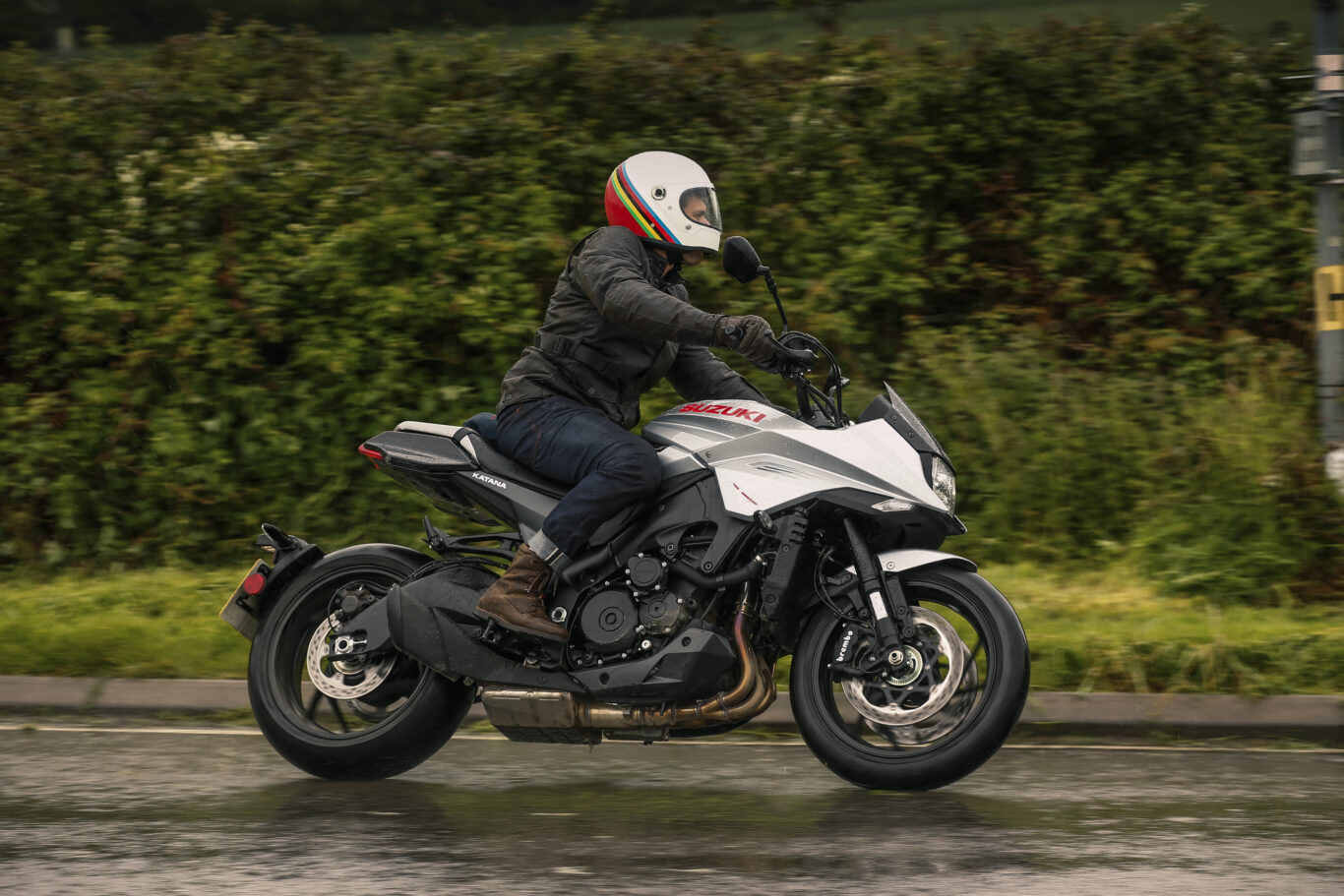
>
Thumb Suzuki’s new quick start system, which enables the engine to fire up with a single press of the ignition button, and the punchy engine kicks into life with a pleasingly rorty exhaust note.
Throttle is taken care of via an old-school cable (no ride-by-wire system here) but the Japanese engineers have craftily added a slight ramp to the physical throttle tube in an attempt to negate some of the low-rev ‘snatchiness’ levelled at the GSX-S1000F.
There is also a new Low RPM assist system that automatically raises idle speed when bleeding out the clutch or when riding at low rpms. It helps with frequent low-speed clutch work and makes the new Katana a doddle to ride around town.
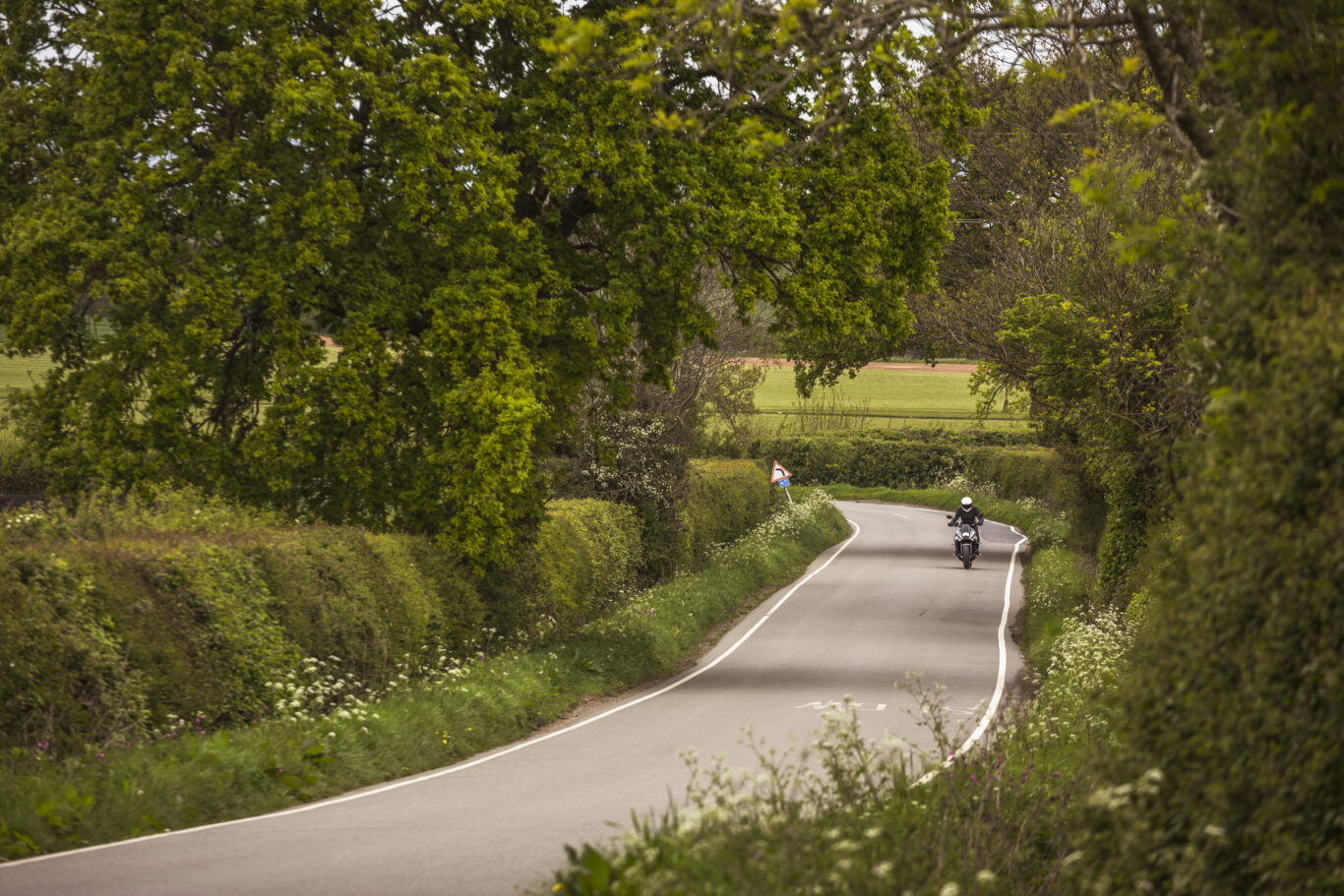
Powerful Brembo brakes, a three-stage traction control system, ABS, KYB suspension and Dunlop Roadsmart 2 tyres only add to the confidence-inspiring riding experience and it doesn’t take long to realise that Katana is a very forgiving bike to use regularly.
Even in the pouring rain and on the slippery, mud-spattered B-roads of Warwickshire, the big Suzuki felt comfortable in the tighter bends, proving firm enough to give a real sense of performance but cresting the broken road surface with ease.
Suzuki claims that a typical modern Katana customer will only use their machine for dry, Sunday blasts, and it is easy to see why, as it is a brilliantly entertaining ride. But that could just be a good cover story for the decision to run with such a small tank.

At just 12-litres, it’s likely most throttle-happy riders will only manage 100-odd miles before having to pull into the next petrol station, which hinders those longer road trips and falls some way short of the Katana’s retro rivals.
There’s also a slight bone of contention in the styling, which doesn’t feel radical enough for our liking, especially when viewed in the grey daylight of a dismal spring day.
Where Triumph’s offerings are unashamedly old school, Ducati’s modern interpretations decidedly different and even Honda’s CB1000R Neo Sports Cafe radical in its approach, the Katana’s exterior lines feel a little tame – despite Suzuki’s debut use of a swing arm-mounted number plate hanger.
A more faithful representation of the Katana 3.0 Concept (first shown at the Milan bike show in 2017) would have been nice, and perhaps some mild tinkering would beef up the looks slightly.
After all, there’s a 148bhp engine that’s capable of pushing the modern Katana to 145mph underneath the skin. It just needs to shout about that fact a little more.


